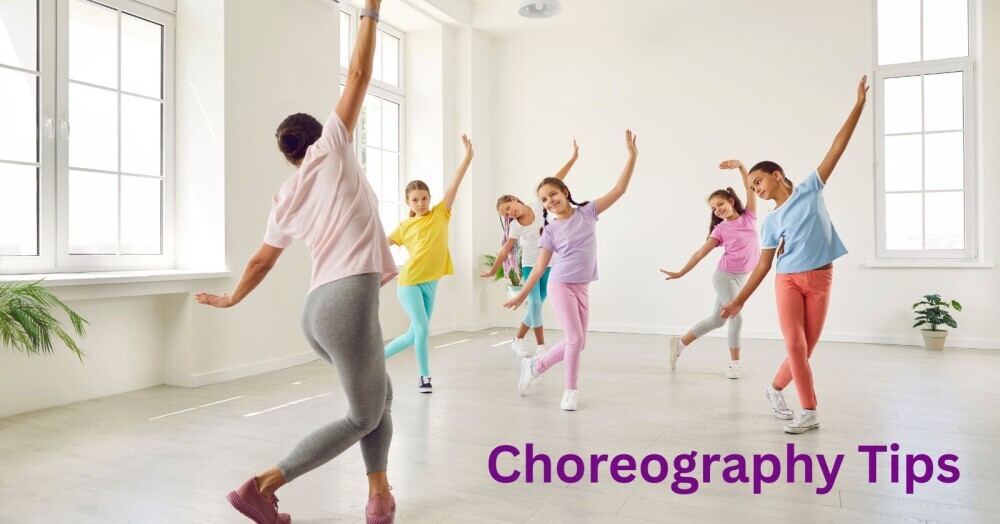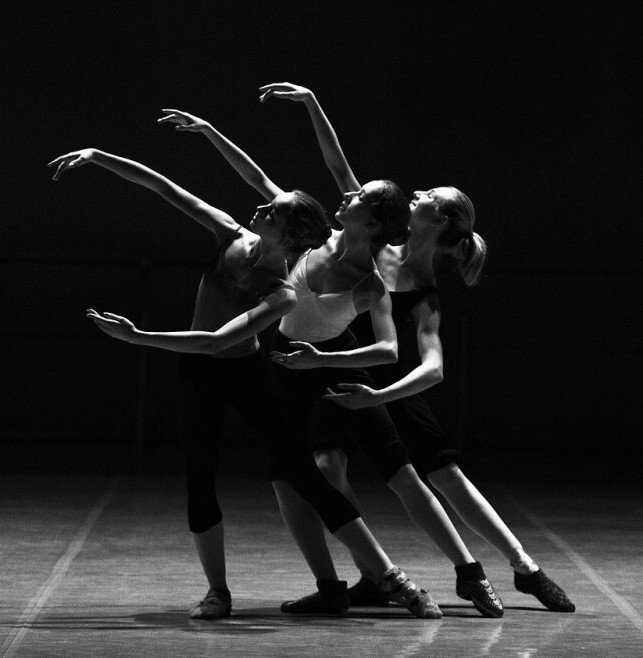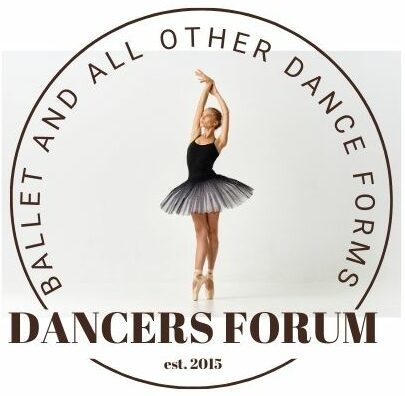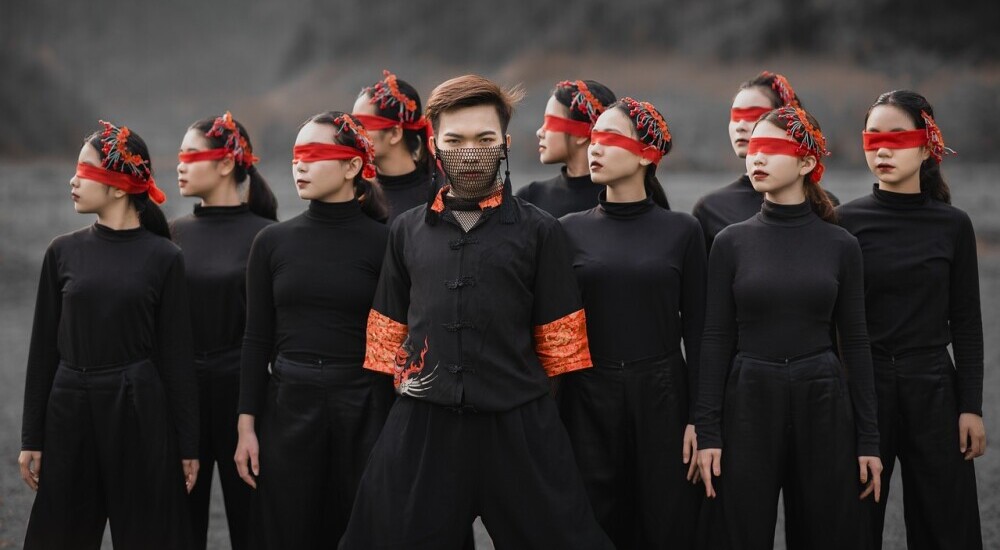Here are some choreography tips and ideas for teachers for when you are feeling you need some inspiration.
Understanding how to structure choreography lays the groundwork for creating compelling dance routines. A strong choreographic structure brings clarity and supports performers in showcasing their skills effectively. It’s about knowing the narrative you’re crafting and how each movement connects to the next.
The story behind the dance matters just as much as the steps. Connecting the audience emotionally by weaving a tale with your choreography transforms a dance from a series of movements into an unforgettable experience. Music plays a pivotal role here, amplifying emotions and adding depth. Selecting the right tune can lift your performance, making it vibrant and engaging.
Balancing technical elements with artistic flair is crucial. While precision and technique ensure your dance looks polished, adding artistry breathes life into it. Encourage dancers to express themselves within the framework. This blend of technique and artistry is where true magic happens.
Music choice is more than just picking a catchy track. It’s about complementing the choreography and enhancing the mood of the performance. Think about tempo, rhythm, and lyrics, and how they align with your choreography. Choosing music wisely can elevate your routine from ordinary to extraordinary.
Different dance styles bring their flair to choreography. Don’t shy away from mixing styles to keep the routine fresh and exciting. This approach not only showcases versatility but also keeps audiences guessing, making every performance a must-watch

Choreography Tips For Teachers
Enhancing Teacher-Student Collaboration
Creating a sense of community in your dance class can make all the difference. When students feel supported, they’re more likely to push their limits and achieve new heights in their performances. Building an environment where every student feels valued encourages creativity and confidence.
Student feedback isn’t just beneficial—it’s essential. Listening to your dancers can provide fresh perspectives that might lead to unexpected, enriching changes in choreography. This feedback loop not only enhances the routine but also empowers students, making them integral participants in the creative process.
Inviting creative input from dancers encourages them to invest more deeply in the choreography. When students help shape the dance, they naturally feel a greater connection to it, leading to more passionate performances. This collaborative approach fosters an atmosphere of mutual respect and teamwork.
Engagement is key to choreographic success. By using techniques that build excitement and anticipation, you can capture and hold your dancers’ attention. This might include interactive exercises, unexpected challenges, or moments of improvisation that keep practice sessions dynamic and fun.
Choreography isn’t one-size-fits-all, especially in a teaching environment. Being able to adapt routines to accommodate different skill levels ensures that all students can participate meaningfully. Tailoring choreography to suit diverse abilities not only enriches the performance but also encourages slower learners and challenges more advanced students.
Innovative Approaches for Exceptional Choreography
Technology is a choreographer’s friend, offering tools to elevate your performances. From using apps to perfect timing and rhythm, to multimedia components that add layer and depth, tech can be a game-changer. Visual effect elements like lighting and digital backdrops are ways to make your performances stand out.
Finding inspiration beyond traditional sources can lead to breakthroughs in creativity. Drawing elements from films, literature, or even daily life can breathe fresh air into your routines. Unconventional sources often spark the kind of innovation that leaves a lasting impression on audiences.
Props and sets aren’t just for plays. Thoughtfully incorporating them into choreography opens up new dimensions of expression. Simple props can transform a scene, creating visuals that linger in the audience’s memory. Experimentation is the key here—don’t hesitate to try something out-of-the-box.

Additional Choreography Tips and Ideas To Try Out
On a recent workshop I picked up these amazing tips from some top choreographers in the country.
- Start by finding music you love and then listen to it and know it well before starting.
- Transitions are a lot smoother if your dancers work through their meta tarsals and joints.
- Work on sustaining your movements within the syllabus work. Try changing certain steps up to make them look different. Take a simple movement and make it look different.
- Musicality is very important. If something doesn’t look right it is normally about the musicality. Musicality can normal make a story from a performance.
- Use different levels, patterns and accents within your group at the same time. Energy and dynamics should be varied so the entire dance does not look the same.
- Push boundaries where it comes to holds and control and remember not all the dancers need to look exactly the same at all times.
- Encourage them to feel each movement and feel the breadth of each movement.
- Don’t only focus on the steps, but rather how to get in and out of the steps.
- If using popular music, try to find a different version of it.
- Use what your dancers can do and do it well.
- Do everything with intention.
- If doing a lyrical dance, try to avoid acting out every word. Sometimes dance to the music and other times to the words.
- If there is a prop, make sure it has a purpose and it is used.
- Use your costumes from the beginning and play around with them.
- Don’t just work on crochet timing. Vary your counts.
- When doing duets, not everything should be the same. Acknowledge each other, sometimes touch, sometimes have one on the floor and one standing.
- Draw the dance on paper and see if you are covering the entire stage.
- Apps like Arrange Us are great tools to try.
- Groups should have many different patterns and cannons.
- Don’t underestimate the power of simple movements in group work.
- Watch how your dancers interact with each other and then use this to pull the audience in. The dancers must feel something, so set the intention of the dance. There should be a story, concept or message conveyed.
- Add in highs and lows for dynamics and texture, and the element of surprise.
- Ask your dancers ‘how low can you go,’ or ‘how far can you travel’ to challenge them.
- Try not to use too many runs, unless they are done with intention.
- Remember a pause with intention can be lovely.
- In dance choreography, don’t use too many tricks. One good one is normally enough.
- Teach with intention, slow down and drill sections, create feelings with each movement and keep looking for what works for each individual.
- Use words like lengthen, squeeze, hold, etc.
- Make sure you practice lots so the dance is well polished.
Every dancer and teacher should strive to develop a unique voice in choreography. Encourage the exploration of personal styles and talents. Highlighting individuality within a group routine can transform a performance from great to unforgettable. It’s about letting those unique qualities shine.
Craft performances with audience impact in mind. Whether it’s a school recital or a larger stage, think about the emotional journey you’re crafting for viewers. Plan the flow and energy of your performance to maintain interest and build to a powerful conclusion, ensuring that your audience walks away moved and inspired.
Please feel free to comment below if you have any more choreography tips and ideas to add to this list.


Questions that came to mind after reading this article:
How do you decide what story or message you want your choreography to convey before you begin creating the steps?
What strategies do you use to encourage shy or less confident dancers to contribute ideas?
When choosing music, what factors are most important to you—lyrics, tempo, mood, or something else?
I always choose music I love first and foremost. If I find a piece I love it is easier to choreograph to it. Depending on the music, the story comes next. I sometimes divide dancers into groups and let them each come up with eight counts, and this one gets the less confident dancers involved.
Hey thank you for this great post!
Though I am not a teacher, I enjoyed reading this post and learned a thing or two about the best way to teach and implement choreography with large groups. My sister is a teacher therefore would find this helpful!
Thanks again and have a great day!